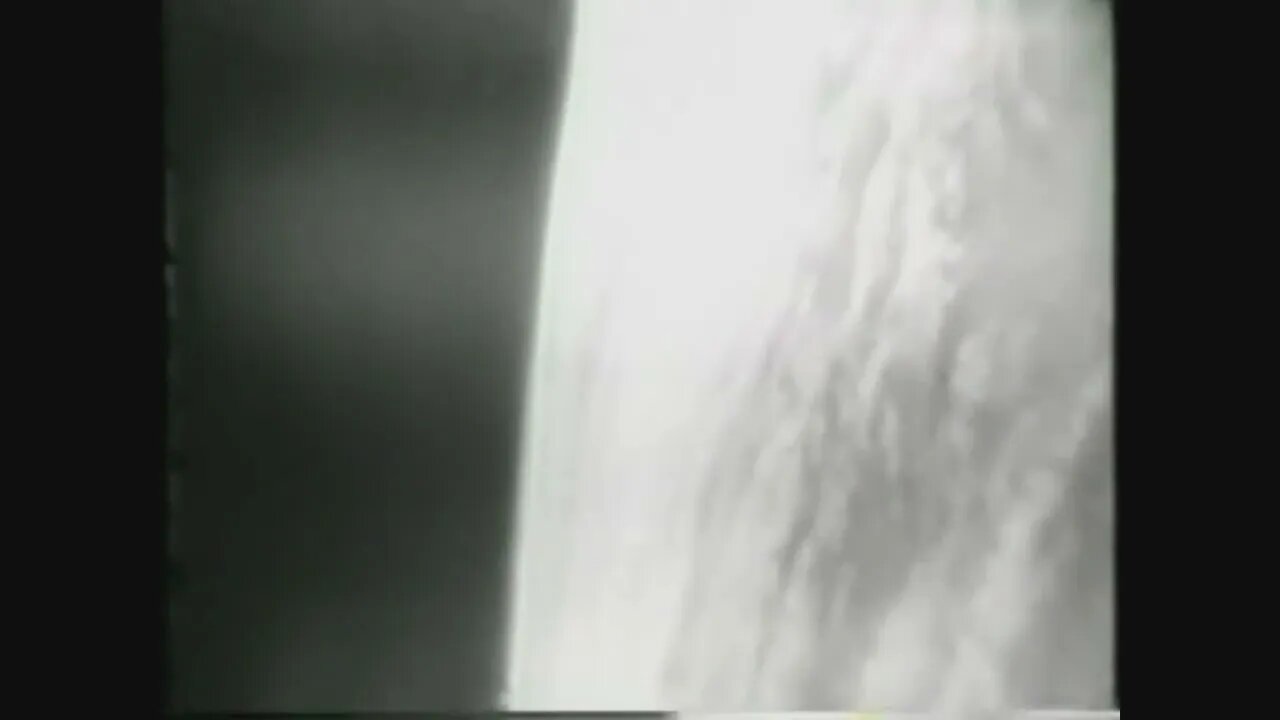Premium Only Content

NASA Echo II Launch 1964 12 Unidentified Flying Objects in 60 seconds
In 1964, NASA successfully launched Echo II, a significant milestone in the field of satellite communications. Echo II was an inflatable satellite with a diameter of approximately 41 meters (135 feet) when fully deployed. Its primary purpose was to serve as a passive reflector of radio signals.
Constructed from a lightweight polyester film coated with a reflective aluminum surface, Echo II was essentially a large, hollow sphere. It had a thickness of only a few micrometers, making it extremely thin and lightweight. Prior to launch, the satellite was compacted and stowed inside the payload fairing of the Thor-Delta rocket.
On January 25, 1964, the Thor-Delta rocket carrying Echo II lifted off from Launch Complex 17B at the Cape Canaveral Air Force Station in Florida. Once in space, the rocket released the satellite, allowing it to inflate and take its spherical shape. This inflatable design was chosen to minimize weight and maximize the surface area available for reflecting signals.
Echo II served as a passive communications relay, bouncing radio signals off its reflective surface to facilitate long-distance communication. By transmitting signals toward the satellite, ground-based stations could have them reflected back to a different location on Earth, effectively extending the range of communication beyond line-of-sight limitations.
The satellite's successful deployment and operation demonstrated the feasibility of using passive satellites for global communications. It proved that large, inflatable structures could be deployed and maintained in space, opening up possibilities for future satellite designs. The Echo II mission contributed valuable knowledge and laid the foundation for the development of active communication satellites that would later revolutionize global communications.
The Echo II satellite remained in orbit for several years, gradually losing altitude due to atmospheric drag. Eventually, in 1969, it re-entered Earth's atmosphere and burned up upon re-entry, safely disposing of the satellite.
Overall, the launch of NASA's Echo II satellite in 1964 marked an important step forward in satellite communications technology, demonstrating the effectiveness of large, inflatable satellites as passive reflectors of radio signals and paving the way for further advancements in global communication systems.
-
 0:05
0:05
The Relaxation Zone
1 year ago $0.11 earned00244=32902=32902=32902
1.62K -
 LIVE
LIVE
Nikko Ortiz
18 minutes agoLive - News, Politics, Podcast And Naaah Im Playin We Chillen
95 watching -
 1:50:16
1:50:16
Dear America
2 hours agoTrump Calls Putin MID-MEETING With World Leaders!! Did Trump just END THE WAR?!
64.8K43 -
 LIVE
LIVE
GritsGG
2 hours agoWin Streaking! Most Wins 3390+ 🧠
441 watching -
 LIVE
LIVE
Matt Kohrs
9 hours agoLIVE! Day Trading Futures & Options || Market Open
993 watching -
 LIVE
LIVE
Wendy Bell Radio
6 hours agoThe Ultimate Alpha
7,649 watching -
 LIVE
LIVE
Reidboyy
2 hours agoNEW FREE FPS OUT ON CONSOLE TODAY! (Delta Force = BF6 Jr.)
58 watching -
 LIVE
LIVE
RoxomTV
19 days agoMAX KAISER & STACY HERBERT LIVE — Bitcoin Reborn | 24/7 from RoxomTV
202 watching -
 LIVE
LIVE
Badlands Media
1 hour agoBadlands Daily: August 19
3,877 watching -
 LIVE
LIVE
EXPBLESS
2 hours agoMessing Around In Elden Ring Finding All Caves And Hidden Secrets.
74 watching